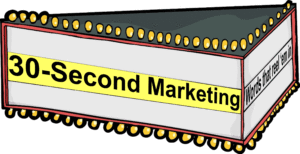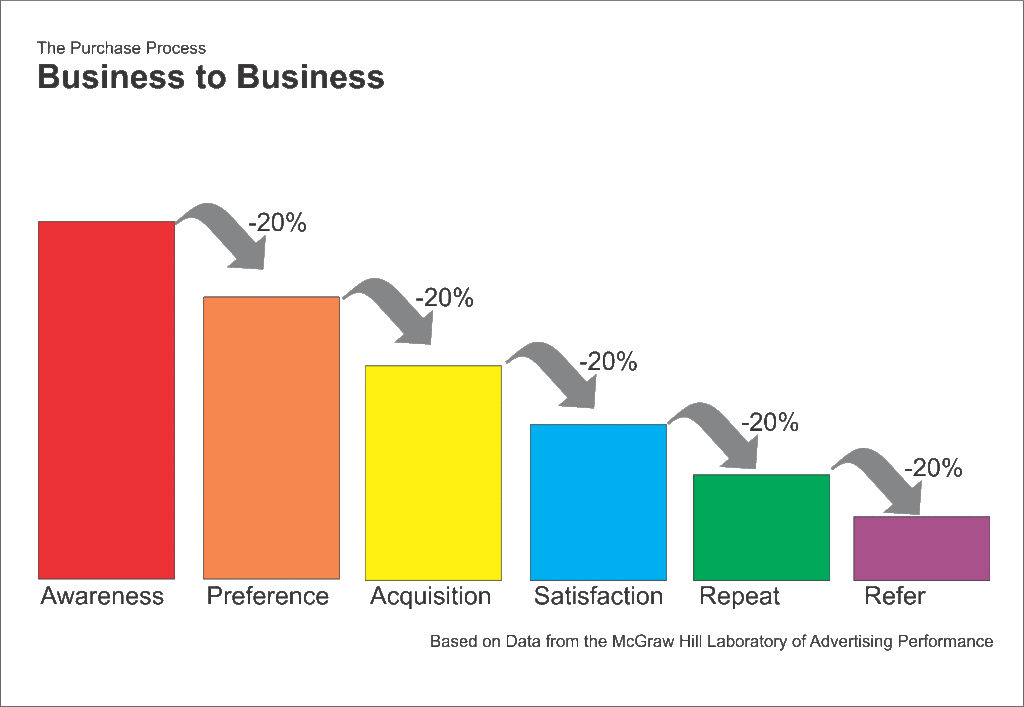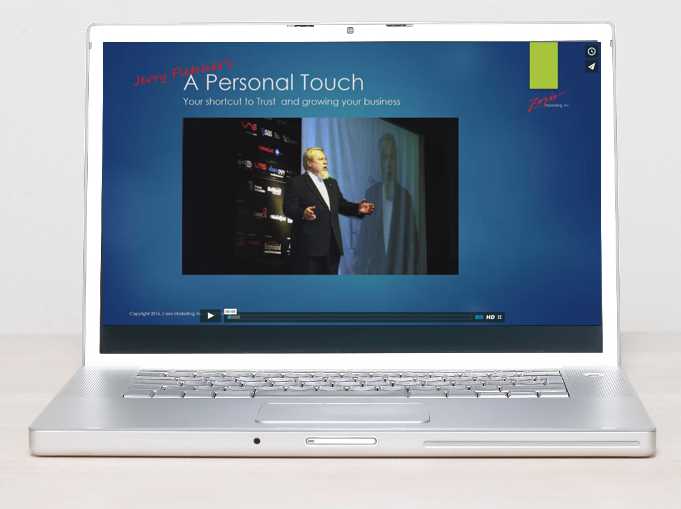Thanksgiving dinner is not a good metaphor for a Brand-building customer experience.
 Clients and customers want more. Every interaction gives you the chance to make your band more memorable to them. But there is good memorable and not-so-good memorable.
Clients and customers want more. Every interaction gives you the chance to make your band more memorable to them. But there is good memorable and not-so-good memorable.
Thanksgiving dinners with their great expectations are like Brand development. Both are fraught with potential disaster if we don’t know the journey of the participants.
Are your customers coming “over the river and through the woods?” Are they flying in? How often do they come by? Can you remember their preferences? Do they mind waiting? What could you do to make their time with you memorable? How can you impress them? What would make this Thanksgiving more remarkable for aunt Hepzibah?
Every Brand is built with experiences. You must craft those experiences, just the way granny put together those wondrous Thanksgiving dinners. Yes, the meal is important and a great cook is essential to serving up the bird, stuffing and cranberry relish or the ham, collard greens and home-made biscuits.
But what goes on before the feast and the conversations around the table are what we remember far longer. Brand development is like that. Too often we’re worried about the logo and the corporate colors when we should be concerned about how easy we make it to buy. We hyperventilate about what we say on our web site when we should be concerning ourselves with real conversations with clients and prospects. (see the video for Shell Tain on www.BrandBrainTrust.com for straight talk that works)
This Thanksgiving when you’re expressing gratitude, make sure you include all the folks that personally interface with the folks your brand impacts— everyone from the janitor to your CEO. The truth is, they are your product or service in the eyes of your customers.
Thank you for being part of our tribe.
_____________________________________________________________________
Jerry Fletcher is the founder of www.BrandBrainTrust.com His consulting practice, now in its 26th year, is known for Brand Development, Positioning and business development on and off-line.
Consulting: www.JerryFletcher.com
Speaking: www.NetworkingNinja.com
Get all the Brand Briefs. Sign up at http://www.brandbraintrust.com/home.html


 There are at least a hundred definitions of Brand but only one that in my view encompasses all the possibilities:
There are at least a hundred definitions of Brand but only one that in my view encompasses all the possibilities:






